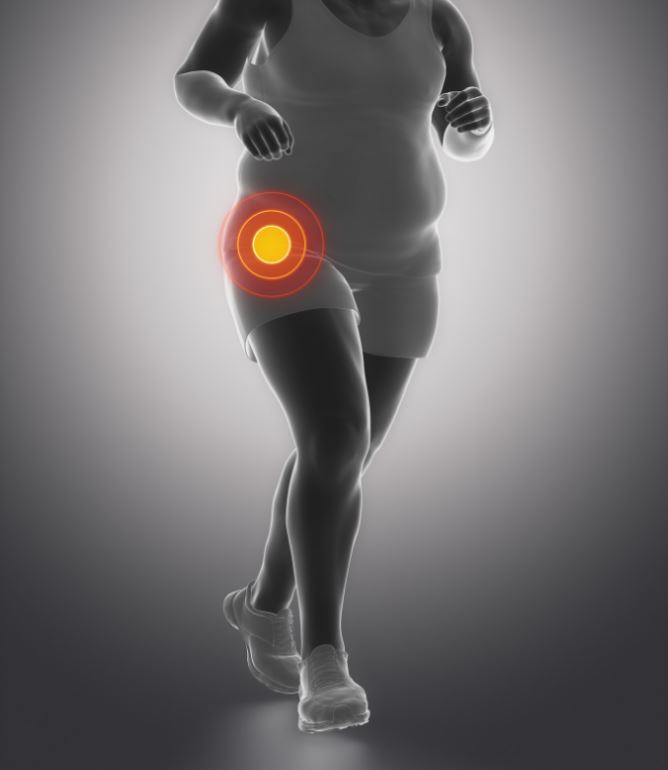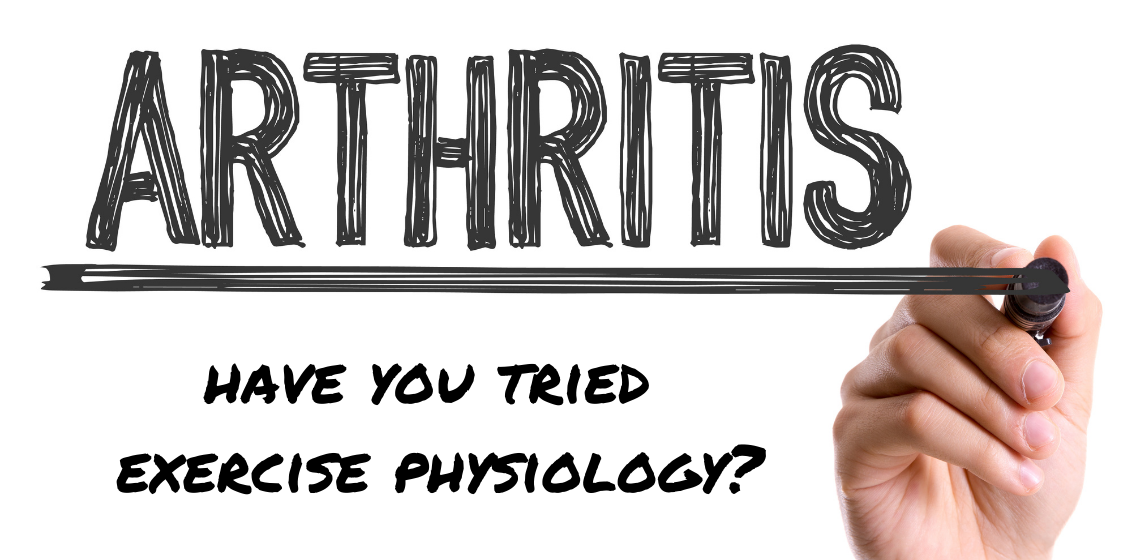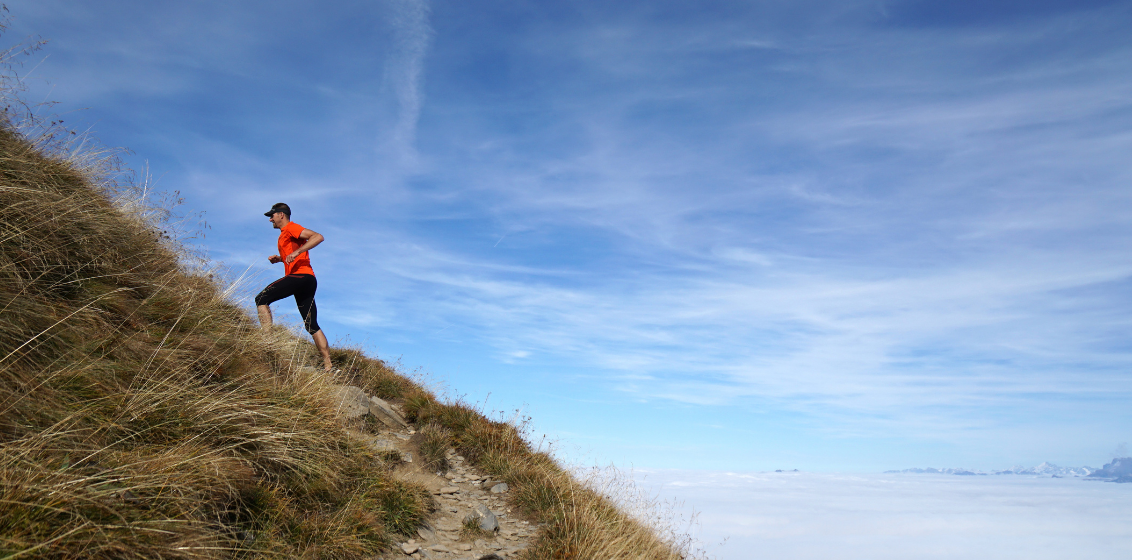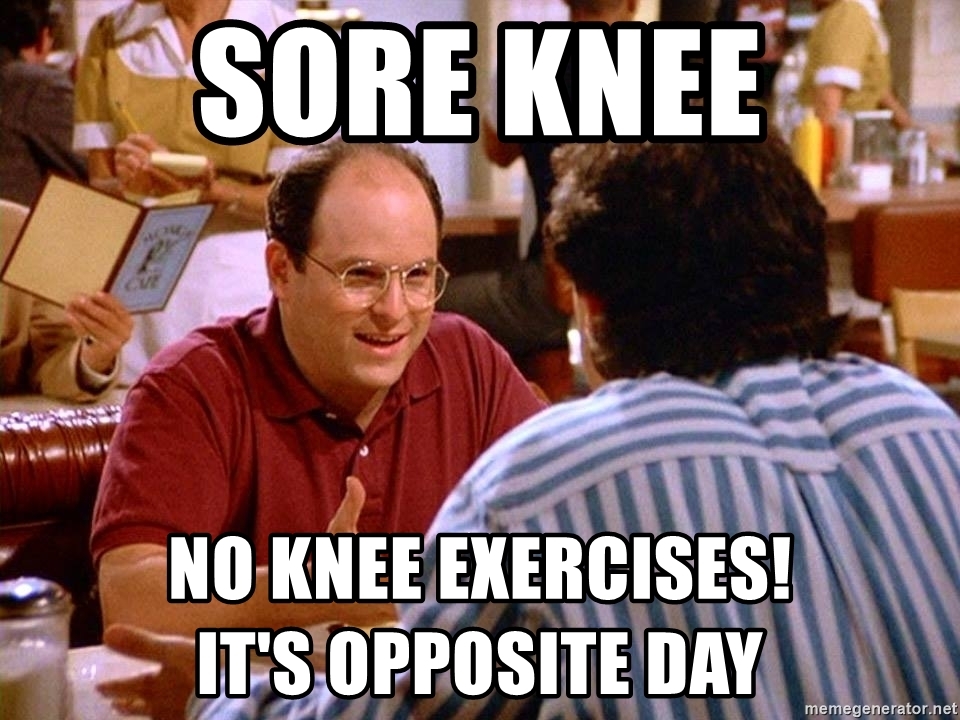Osteoarthritis FAQ: Your Top 5 Questions Answered

Have you been told you have osteoarthritis? Not sure what that means? Parkside Physio, Jay McGuinness has got you covered, answering the 5 most frequently asked questions about OA
What is Osteoarthritis?
Osteoarthritis (OA) is a very common joint disease that affects the whole joint, but most of all it affects the articular cartilage (the cartilage covering the ends of the bones). This articular cartilage becomes thin and fragile and can be due to it being exposed to heavy loads over a long period of time (e.g. heavy labour over several years) or unhealthy cartilage that for some reason cannot handle normal loads. The hip, knee and hands are the most commonly affected joints.
Is my joint worn out?
You may have heard OA described as “wear and tear” of the joint. This statement is incorrect because loads are still needed to keep cartilage healthy. In a healthy joint, there is a balance between the regeneration and degeneration of cartilage. OA occurs when there is more degeneration (breakdown) than regeneration of cartilage. Cartilage needs a certain amount of load to regenerate, which is why healthy loads need to be applied on joints for cartilage recovery and reducing OA symptoms.
What causes OA?
There are several factors that increase your chance of getting OA. Some of these factors you cannot change such as your age, gender or genes. However; there are factors that you can change such as; obesity, physical inactivity, and muscle weakness (weak muscles won’t provide proper support to a joint).
What are the symptoms of OA?
OA often affects one joint and symptoms progress slowly and can start for no apparent reason. Symptoms often include;
- Pain when moving or loading the joint. In time, pain can happen at rest or at night
- Joint stiffness and problems starting your day or getting going after sitting
- Difficulty bending your knee or hip
- Heat and swelling at the joint
- Muscle tightness
- Difficulty moving around
What’s the best treatment for OA?
First line treatment of OA consists of education, exercise and weight control.
- Education to improve knowledge and confidence in one’s ability to manage the condition
- Exercise to reduce pain and makes it easier for people to do their daily activities and
- Weight reduction for lowering pain and improving function.
If you have OA and start exercising, you might start to feel pain. The pain may last a while, but it is not dangerous to keep exercising. Some people stop activities completely and rest as much as they can. This can lead to even more loss of function and increased pain.
You may find you need a little extra help to get active and on top of your pain. At Parkside, we have our very own osteoarthritis exercise classes which is the perfect starting point for you!
If you would like to find out more about our Osteoarthritis exercise classes, feel free to contact us on 9548 3372.



